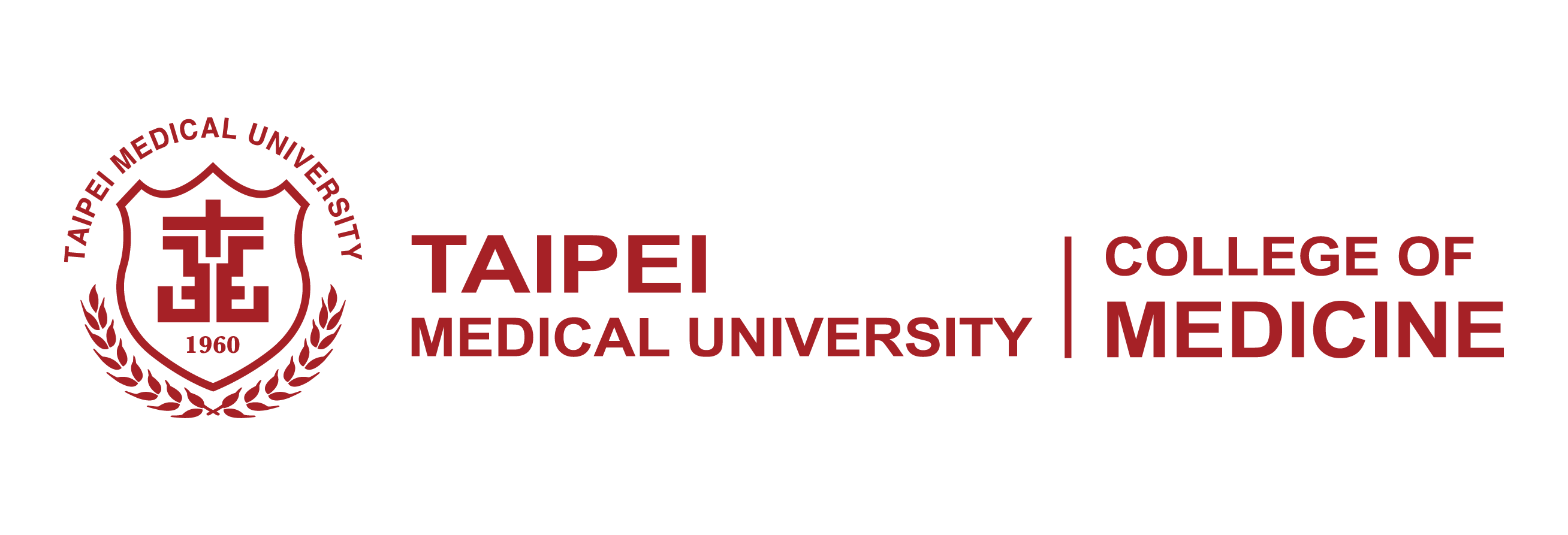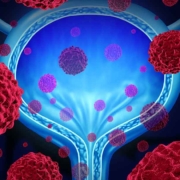[ISSUE CoM] Tumor Microenvironment and Bladder Cancer Metastasis
After receiving his Ph.D. degree in the Institute of Basic Medical Sciences of National Cheng Kung University in July, 2013, Dr. Lee, Yu-Cheng started his post-doctoral research in Baylor College of Medicine in Texas, USA, focusing on the relation between Extracellular Matrix (ECM) and metastatic bladder cancer as well as the construction of patient-derived xenograft (PDX) animal models. Lee started teaching in Taipei Medical University in September, 2019, and currently serves as an assistant professor in the Graduate Institute of Medical Science, College of Medicine.
Bladder cancer is one of the most common malignant tumors. No effective treatment exists after such cancer turns metastatic, with a 6% five-year survival rate. Assistant professor Lee is seeking collaboration with laboratories at home and abroad to discuss the metastasis mechanism of bladder cancer using PDX model, with a focus and combination of basic and clinical cancer translational medicine. Aside from metastatic bladder cancer, Lee also covers the following studies:
- Understanding how tumor microenvironment causes tumor resistance;
- Developing new anti-tumor drugs;
- Conducting researches on cell cycle control.
English surgeon Steven Paget published in 1889 his “Seed and Soil” theory to explain the organ-specific metastasis preference of cancer cells. Bladder tumor cells show binding affinity in microenvironments such as lymph nodes, bones, lungs, livers and peritonea, all major metastasis target organs. Thus, knowledge of organ-specific metastasis mechanism helps develop preventive treatment strategies for tumor spreading. Photo: Lee, Yu-Cheng, assistant professor in the Graduate Institute of Medical Science, College of Medicine
Lately, laboratory research reveals that Type I collagen on primary tumor sites causes tumor local invasion through CD167a, a collagen-receptor, on the tumor cell. In addition, with the same receptor, the collagen settles on a novel lung metastatic niche, namely the surroundings of Type III Collagen-rich airway smooth muscle cells (ASMCs). Morphologically, COL3-CD167a-driven metastatic foci differ from typical lung alveolar metastatic lesions, eliciting lung colonization through the activation of CD167a-HSP90-Stat3 signaling axis. With Napabucasin, an investigational drug, abrogating Stat3 activity, CD167a-HSP90-Stat3-mediated lung metastasis can be effectively suppressed (Nature Communications, 2019).
 Prof. Lee, Yu-Cheng
Prof. Lee, Yu-Cheng
Graduate Institute of Medical Sciences
Research Interests:
Tumor metastasis
Bladder Cancer
Anti-cancer drugs
Email: yclee0212@tmu.edu.tw









 Total Users : 325686
Total Users : 325686
